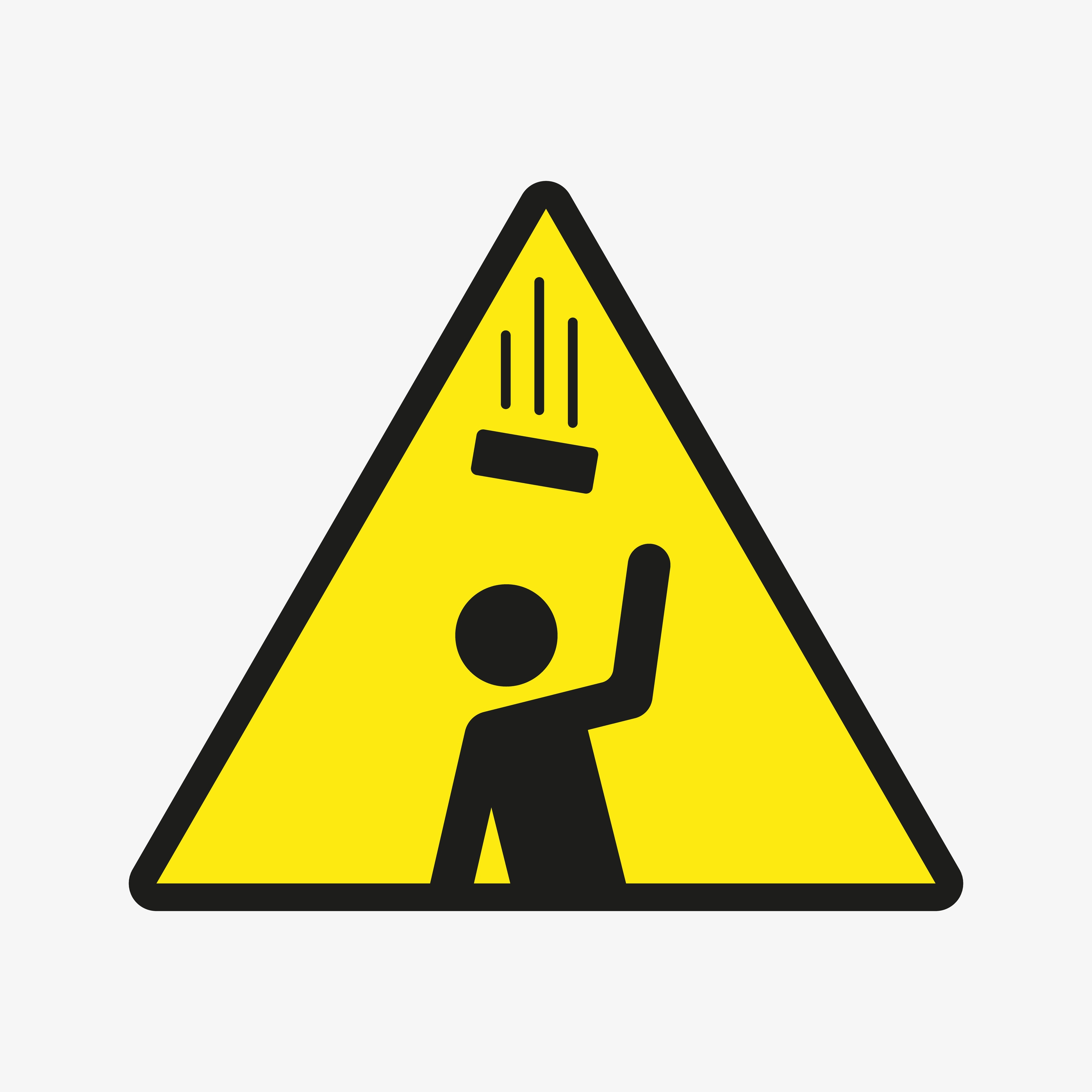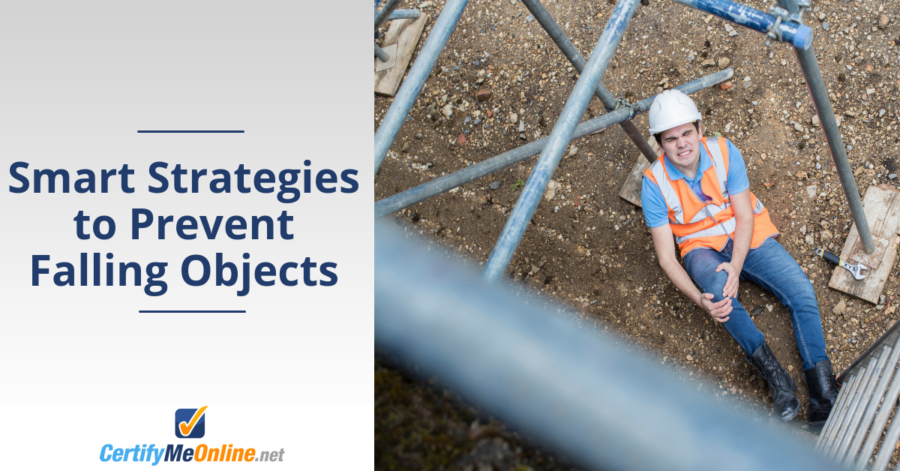Smart Strategies to Prevent Falling Objects
Falling objects safety training is crucial for aerial lift operators. The training empowers aerial lift operators with dropped object prevention recommendations and tips. And, it can help these operators guard against falling objects risk factors.
What Is the Risk of Falling Objects at a Worksite?
Even workers who receive falling objects safety training are susceptible to risk. For instance, aerial lift operators who perform scaffolding work can inadvertently drop tools or other objects. In these instances, falling objects can strike workers and bystanders beneath aerial lifts. The objects can then cause serious injury or death.
There is no telling when objects will fall. Fortunately, aerial lift operators can take measures to protect against falling objects. Thanks to falling objects safety training, workers can ensure they know how to limit the risk of objects falling from lifts. They can also know what to do if a falling object strikes a worker or bystander and respond to the incident appropriately.
Falling Objects Facts You Need to Know
For workers who think falling objects may be harmless, think again. For example, consider a solid object dropped from a height of 64 ft. This object will travel at an average speed of 43.8 miles per hour (mph) before it hits the ground. It will reach the ground in only 2 seconds. Meanwhile, the same object dropped from a height of 106 ft. will travel at an average speed of 65.8 mph and hit the ground in about 3 seconds.
Workers can bring hand tools and other small objects onto aerial lifts. Regardless, if one of these objects gets dropped from a height, it will travel quickly to the ground. If the object strikes a person on the ground, it can cause severe harm.
Does OSHA Require Falling Objects Safety Training?
OSHA has safety guidelines in place to prevent falling objects from aerial lifts and scissor lifts. It considers dropped object prevention training one of the most crucial safety measures for well-trained lift operators.
The widely referenced OSHA Aerial Lift Fact Sheet lists falling objects as a primary hazard for aerial lift operators. Also, Standard 1926.451(f)(13) prohibits any debris or work material to collect on scaffolding (aerial lifts are considered a type of scaffolding). Plus, there are safety measures designed to protect workers from falling objects, including safety screens and other preventative measures.
Best PPE for Dropped Object Prevention


Here are some of the best personal protective equipment (PPE) options to protect against dropped objects:
Eyewear: Goggles, eyeglasses and other eyewear can keep the eyes safe against debris and other falling objects.
Debris Nets: With debris nets, aerial lift operators can easily collect items that fall from their machines. Also, they can avoid dropping objects that otherwise put workers and bystanders below the lifts in danger.
Toe Boards: A toe board consists of a piece of wood or metal that can be placed on an aerial lift. The board can prevent objects from falling off the lift.
PPE cannot prevent dropped objects from aerial lifts. But, PPE can help aerial lift operators lower the risk of dropped object accidents.
Dropped Object Prevention: Causes and Corrective Actions
Despite a wealth of knowledge and training about falling objects, the danger remains all too real for many aerial work platform (AWP) workers, along with aerial lift and scissor lift operators.
Even with hardhats, safety nets and other safeguards, falling objects can cause injury and even death. That’s why it’s critical to avoid falling objects in the first place. What can you and your company do to increase safety, while decreasing the chances of falling objects from aerial lifts and scissor lifts? Here are dropped object prevention tips that aerial lift operators need to know.
– Follow OSHA safety standards – and get trained! A well-trained aerial lift operator is the best help for dropped object prevention. With the right training, falling objects happen a lot less often!
– Ensure there are no loose objects on the aerial work surface. Securing tools, hardware, and other material is a common-sense measure to prevent falling objects – yet many workers roll the dice with safety.
– Organize your bucket. When you know where everything is all the time, you help eliminate clumsy, awkward actions – and that prevents falling objects! Organization is important for office workers – but for jobs like aerial lift operators, organization can actually save lives!
Dropped object prevention is one of the most important aspects of total aerial lift safety. With the right approach, workers can prevent aerial lift dropped object accidents.
Enroll Your Workers in Falling Objects Safety Training
Considering the serious hazards posed by falling objects, dropped object prevention cannot be ignored. And one thing is for sure with CertifyMeOnline.net: we help aerial lift operators understand the crucial safety hazards associated with aerial lifts and scissor lifts.
With our training courses, your company can close training gaps, obtain compliance, and enjoy extra peace of mind with your safety program. What’s more, our website includes a variety of information – including blogs and articles like this one – that explain concepts like dropped object prevention and other topics.
If you’re interested in getting compliant ASAP without breaking the bank, register with CertifyMeOnline.net today. You can also call our aerial lift and scissor lift training consultants at (602) 277-0615.
We’re your training partner for life. With recertification, updated training modules as OSHA regulations change, and affordable prices, there’s no other aerial lift training resource like CertifyMeOnline.net.

